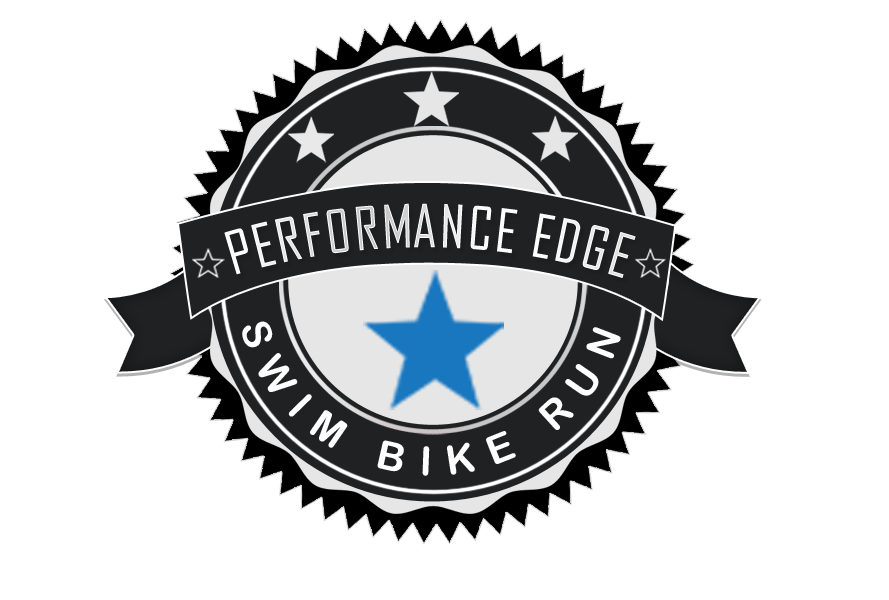 I’m sure that even the most hardened of Sports Scientists will not have read a paper by DeLorme on the restoration of muscle power by heavy-resistance exercises[1] as it was published in the Journal of Bone Joint Surgery back in 1945. However this is where the term specificity was first suggested as being the method whereby an athlete is trained in a specific manner to produce a specific adaptation or training outcome. In other words you need to do the thing or at least replicate the thing that you are striving to improve at. That is because according to the “law of specificity’ the adaptation, for example being able to swim 3.8km efficiently in a wetsuit, matches the stimulus, which might be training by swimming something like 40 x 100m with some small paddles, pull buoy and band. Training for a specific event is therefore actually quite simple; from either a practical coaching or a science perspective you apply a stimulus and it is that stimulus that causes the body to adapt.
The term specificity is often quoted interchangeably with the acronym SAID, which stands for specific adaptation to imposed demands. The principle here is that it is the type of demand that is placed on the body that dictates the type of adaptation that will occur. So let us go back to my swim set that many of you will have been horrified at. In this example I am not trying to give you a stimulus to adapt you to be a pool swimmer per se, I am trying in a pool situation to give you a stimulus that allows you to adapt to swimming in a wetsuit, or in the sea, or both with 2500 of your closest friends. So would swimming open water make you a better open water swimmer? Yes, because it is more specific – it is also quite tough to do all year long in most climates. So the example I have used here is one where I am trying to activate or recruit the same motor units required by your sport and by incorporating training that mimics the movement patterns of your sport as a Coach I increase the likelihood that muscles involved in the sport will be recruited.
I’m sure that even the most hardened of Sports Scientists will not have read a paper by DeLorme on the restoration of muscle power by heavy-resistance exercises[1] as it was published in the Journal of Bone Joint Surgery back in 1945. However this is where the term specificity was first suggested as being the method whereby an athlete is trained in a specific manner to produce a specific adaptation or training outcome. In other words you need to do the thing or at least replicate the thing that you are striving to improve at. That is because according to the “law of specificity’ the adaptation, for example being able to swim 3.8km efficiently in a wetsuit, matches the stimulus, which might be training by swimming something like 40 x 100m with some small paddles, pull buoy and band. Training for a specific event is therefore actually quite simple; from either a practical coaching or a science perspective you apply a stimulus and it is that stimulus that causes the body to adapt.
The term specificity is often quoted interchangeably with the acronym SAID, which stands for specific adaptation to imposed demands. The principle here is that it is the type of demand that is placed on the body that dictates the type of adaptation that will occur. So let us go back to my swim set that many of you will have been horrified at. In this example I am not trying to give you a stimulus to adapt you to be a pool swimmer per se, I am trying in a pool situation to give you a stimulus that allows you to adapt to swimming in a wetsuit, or in the sea, or both with 2500 of your closest friends. So would swimming open water make you a better open water swimmer? Yes, because it is more specific – it is also quite tough to do all year long in most climates. So the example I have used here is one where I am trying to activate or recruit the same motor units required by your sport and by incorporating training that mimics the movement patterns of your sport as a Coach I increase the likelihood that muscles involved in the sport will be recruited.
You can apply specificity to the energy systems involved in your sport. In track and field athletics a sprint takes around about 10 seconds – in a triathlon a sprint takes about an hour. The former is an anaerobic event and if you want to be good at it you need to apply an aerobic sprint-training stimulus. If you want aerobic ability you apply an aerobic stimulus and you apply it to the very muscles that you plan to use for your desired performance. If a sprint triathlon is a predominately aerobic event then you can guess what an Olympic, 70.3 or Ironman distance event is. So ensure that you apply the principle of specificity to the event and the energy system. Don’t get me wrong, I get it that you love going to your athletics club on a Tuesday evening and smashing out 400s but ask yourself how applicable it is to the marathon at the end of the Ironman event you have signed up for and is now only 5 months away. Would it not be more appropriate for example to do an hour big gear turbo session and run at your race pace, which I guarantee will not be “smashing it” even if you are Sebastian Kienle, off the bike? So when you head out the door for your next training session, think of T.L. DeLorme and ask yourself – ‘is it specific’? Now where is that pull buoy…..
[1] DeLorme T.L. Restoration of muscle power by heavy-resistance exercises. J Bone Joint Surg 27:645. 1945
